Wingspan 15 m Introduced 1938 First flight March 1937 | Length 12 m Retired 1942 | |
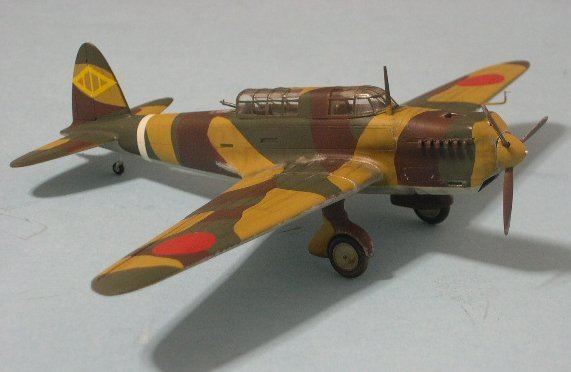 | ||
Manufacturers Kawasaki Heavy Industries, Kawasaki Aerospace Company | ||
The Kawasaki Ki-32 (九八式軽爆撃機, Kyuhachi-shiki keibakugekiki) was a Japanese light bomber aircraft of World War II. It was a single-engine, two-seat, mid-wing, cantilever monoplane with a fixed tailwheel undercarriage. An internal bomb bay accommodated a 300 kg (660 lb) offensive load, supplemented by 150 kg (330 lb) of bombs on external racks. During the war, it was known by the Allies by the name Mary.
Contents
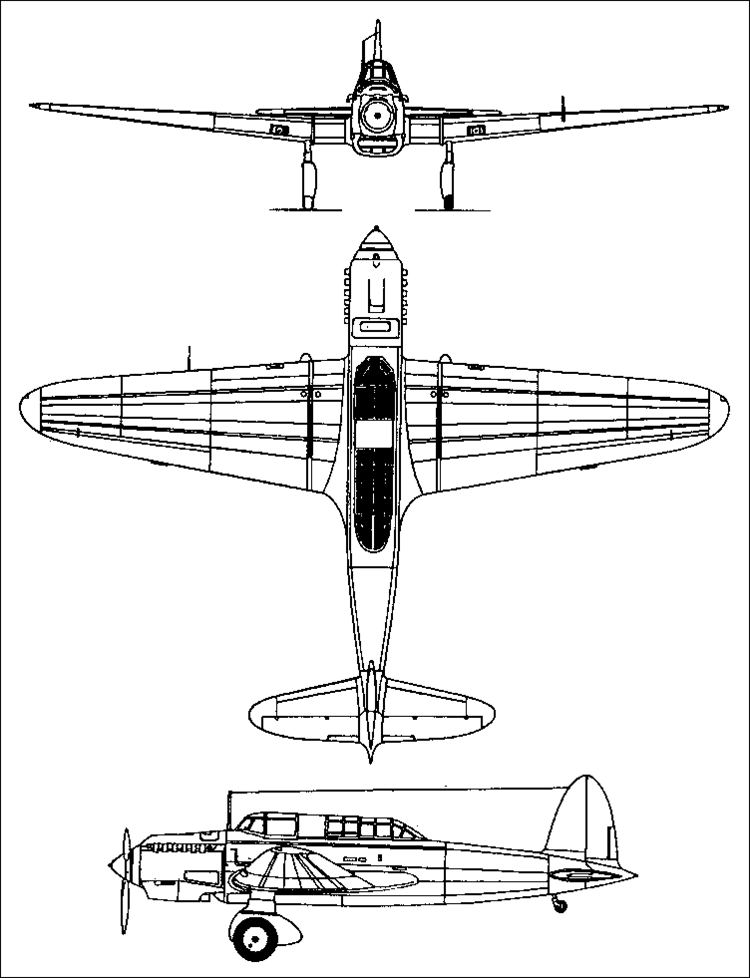
Design and development
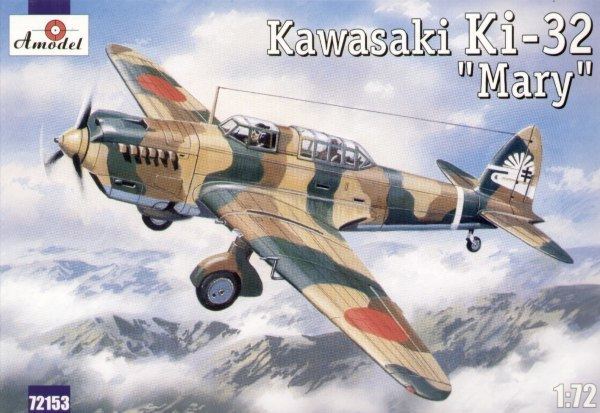
The Ki-32 was developed in response to a May 1936 Imperial Japanese Army specification to replace the Kawasaki Ki-3 light bomber with a completely indigenously designed and built aircraft. Mitsubishi and Kawasaki were requested to build two prototypes each by December 1936. The specification called for a top speed of 400 km/h (250 mph) at 3,000 m (9,800 ft); normal operating altitude from 2,000–4,000 m (6,600–13,100 ft), the ability to climb to 3,000 m (9,800 ft) within 8 minutes and an engine to be selected from the 825 hp (620 kW) Mitsubishi Ha-6 radial, 850 hp (630 kW) Nakajima Ha-5 radial, or 850 hp (630 kW) Kawasaki Ha-9-IIb liquid-cooled inline engines, a normal bomb load of 300 kg (661.4 lb) and a maximum of 450 kg (992.1 lb), one forward-firing machine gun and one flexible rearward-firing machine gun, the ability to perform 60-degree dives for dive bombing, and a loaded weight less than 3,300 kg (7,275.3 lb).

The first Kawasaki prototype flew in March 1937; seven more prototypes were produced. Being very similar in layout and performance, main difference between the Kawasaki Ki-32 and its Mitsubishi Ki-30 rival was in the choice of an engine. The Mitsubishi design used the Nakajima Ha-5 14-cylinder air-cooled radial engine, whereas Kawasaki opted for their own Kawasaki Ha-9-II inline V12 engine.
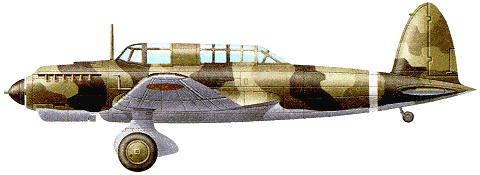
Problems were encountered with the Kawasaki design, particularly with engine cooling, and the Mitsubishi Ki-30 received the production order. In spite of this, the pressing need for more aircraft in the Second Sino-Japanese War, which had started at full scale in July 1937, resulted in the Ki-32's entry into production as well, 12 months behind its rival. Ironically, the number of Ki-32s built was much higher than that of the successful Ki-30.
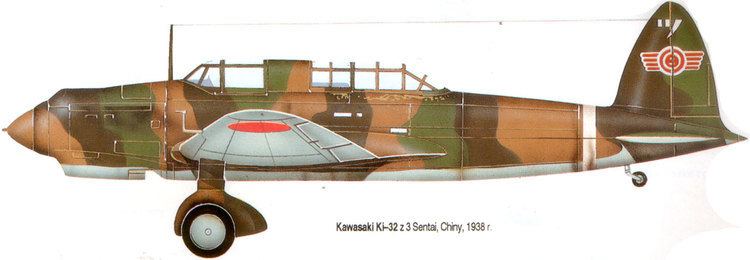
The Ki-32 entered production in 1938, designated Army Type 98 Single-engine Light Bomber, Kawasaki manufactured 854 Ki-32s before production ceased in May 1940.
Operational history
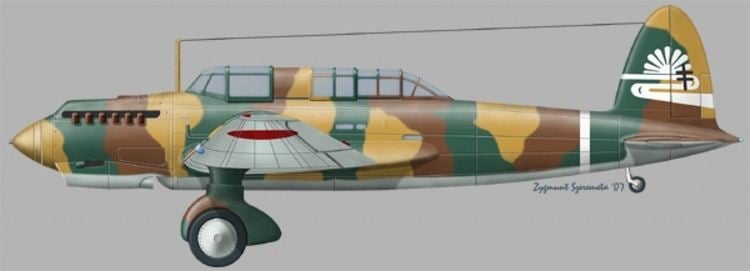
The Ki-32 saw extensive war service in the Second Sino-Japanese War, equipping the 3rd, 6th, 10th, 35th, 45th, 65th and 75th Sentai. It also saw combat during the Battle of Nomonhan against the Soviet Union in 1938-1939. Its last combat action was bombing Commonwealth forces during the Japanese Invasion of Hong Kong.
Ki-32s during World War II were also supplied to the Manchukuo Air Force to replace their obsolescent Kawasaki Type 88/KDA-2 light bombers; they were the main bomber of that service through the conflict.
After their withdrawal from front-line service in 1942 the Ki-32s were used in a training role.
Operators
Specifications
Data from The Concise Guide to Axis Aircraft of World War II; Japanese Aircraft of the Pacific War
General characteristics
Performance
Armament
